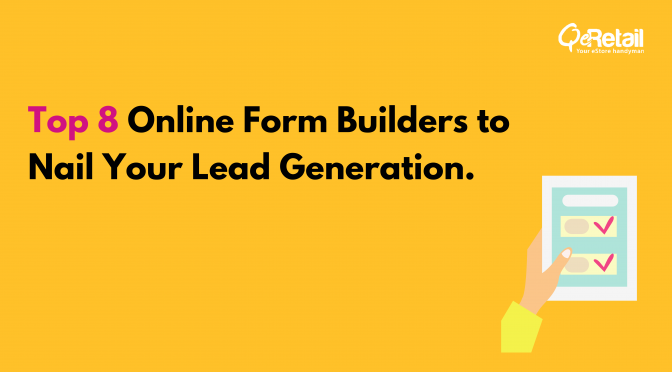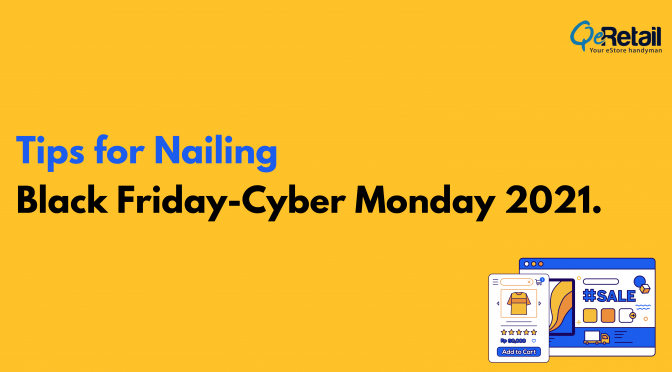In an eCommerce store, the product page is considered to be the most significant tool for better conversions. It is the product page which helps visitors to decide whether they want to purchase that particular product or not.
So, what should be done to make the most out of the product page?
Precisely, your product page should be providing best user experience.
But, before that, we need to take some steps to drive the visitors to your product pages. Afterall, accelerated visits can only lead an eCommerce store towards high conversions.
As per Hubspot, 61% of marketers say improving SEO and growing their organic presence is their top inbound marketing priority.
Here, we will have a glance over some of the best ways of optimizing product pages in order to get them listed on top in SERPs –
Keyword Rich Product Description
Proper keyword research is required to include search engine friendly content to the product page of your eCommerce website. Besides using high search volume keywords relevant to your industry, you also need to ensure that the product description is not duplicate. Though Google doesn’t penalize the product pages with duplicate content but neither does it reward them.
Structured Data Markup
This helps the search engine algorithm to better understand the product description given on your web pages. Schema.org and JSON can help you in inserting a properly structured content on your product pages which gets displayed on search engine results pages and thus improve your CTR. When a visitor finds the important information of your product in SERPs itself, then obviously, they are encouraged to click and visit your product page.
Minimum Loading Time
You need to ensure that your product pages get loaded in the least possible time. The increased loading time of your product page is neither good for UX nor for SEO. Google also gives preference to those pages which get loaded quickly and provide excellent user experience.
Product Page Title Tag
Your product page title tags inform the search engine exactly what the page is all about. So, ensure to include a unique, descriptive and SEO friendly meta title to each of your product pages to get rewarded with improved ranking in SERPs.
SEO Friendly Metadata
The meta description up to 160 characters shows up on the SERPs. Foremost, you need to ensure that your product page needs to have SEO friendly metadata which includes keywords with high search volume. Also, the metadata should include a call to action enticing users to click on your product page link and make a purchase.
Image ALT Tags
You must be very well knowing that search engine algorithms cannot read images but they can read the ALT tags assigned to the images. You need to ensure that you have inserted a descriptive and SEO friendly ALT text so that visibility of product page in SERPs can be improved.
Social Media Sharing
Many of your customers might be on Facebook and you can grab their attention by including social media sharing icons on your product details page. Your customers might share your products on social media platforms, ultimately resulting in driving maximum traffic to your website.
Customer Reviews
Last but not the least, just don’t forget to include real customer reviews of your customers who have purchased or already used the products in their respective product details page. This builds confidence for your products in the minds of the visitors and helps you in improving the conversions.
Product Page Optimization: There is Always a Room for Improvement
Ensuring that the basics are right is always preferable but you can also go an extra mile by adding 360-degree view product images, low stock notifications, video clipping telling about how to use the product, etc., and many more elements which can improve the user experience.
The more efforts you put in to make product pages unique, useful and informative, the better conversions you are likely to get.







